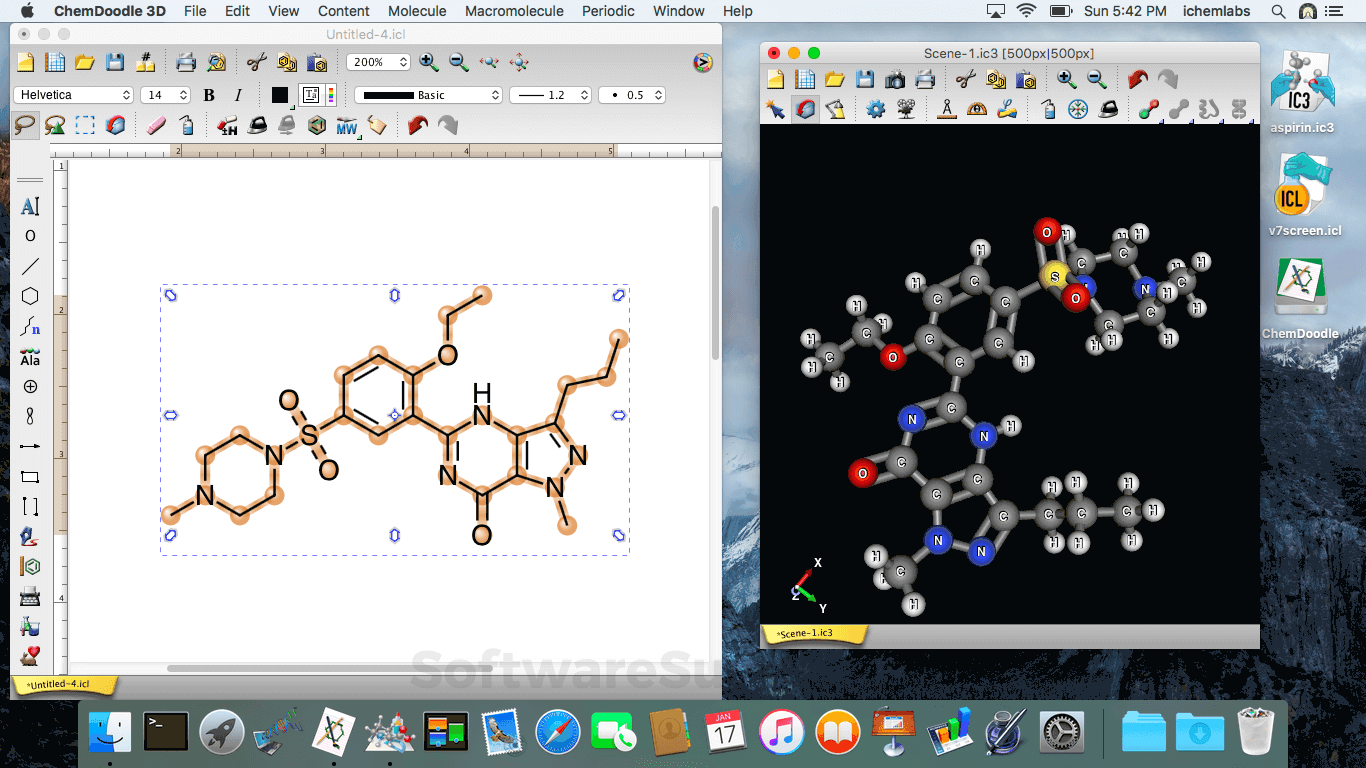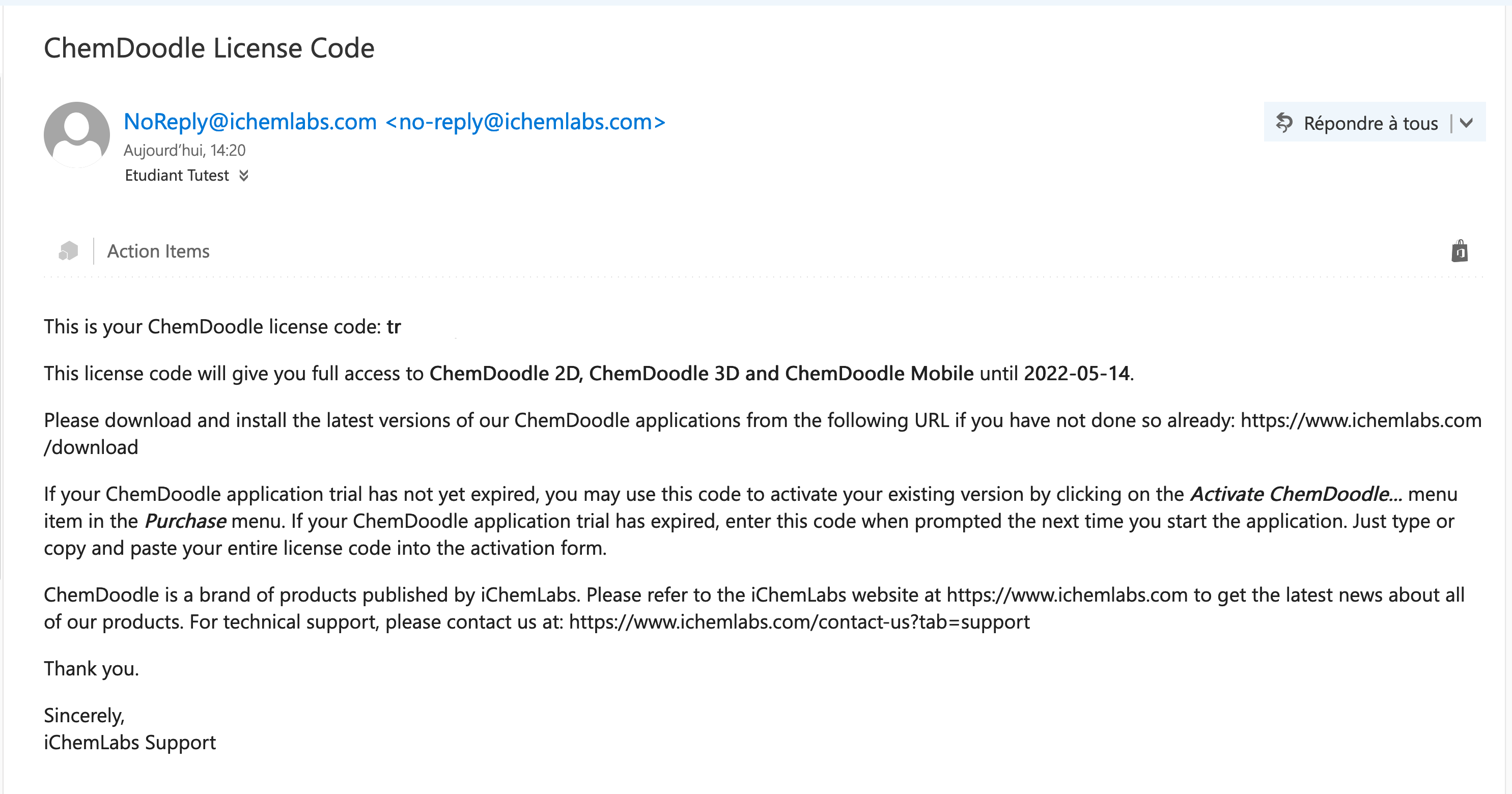

Would having immediate safety information, including H&P Phrases as well as GHS Pictograms, at your fingertips safeguard your research? With integration to PubChem Laboratory Chemical Safety Summary (LCSS), you can.ĬhemOffice offers the best of all of the ChemDraw capabilities rolled into one. Wouldn’t it be nice to see if the chemical structures you have drawn already exist in the patent literature? ChemOffice integrations with Google Scholar and Google Patents allow you to quickly and easily access the most relevant and up-to-date information. ChemOffice allows you to paste a live 3D rendering of your molecule natively in PowerPoint, as well as save molecules as 3D printable objects. Have you ever wished you could easily and quickly communicate your chemistry research and reporting in 3D without the cumbersome process of using specialized software? Now you can. sy2), Tripos Sybyl Line Notation (.sln), Beilstein ROSDAL (.ros), XYZ Files (.ChemOffice is a Desktop suite of the most advanced capabilities of the ChemDraw products. mmod), Schrödinger Maestro (.mae), Standard Molecular Data (.smd), Tripos Mol2 (.mol2. ent), RCSB Protein Data Bank Markup Language (.xml. Minerals: Minerals are solid materials that occur in the earth which are classified and named according to their compositions (which often vary over a continuous range) and the arrangement of the atoms in their crystal lattices. mmcif), RCSB MacroMolecular Transmission Format (.mmtf), RCSB Protein Data Bank Files (.pdb. rd), MDL RXNFiles, both V2000 and V3000 connection tables (.rxn), MMI SketchEl Molecule (.el), Molinspiration JME String (.jme), RCSB Binar圜IF (.bcif), RCSB Macromolecular Crystallographic Information File (.cif.

dx), ISIS Sketch File (.skc), ISIS Sketch Transportable Graphics File (.tgf), MDL MOLFiles, both V2000 and V3000 connection tables (.mol. com), IUPAC InChI (.inchi), IUPAC JCAMP-DX (.jdx. Read and write many popular chemical file types for working with the applications you use:ĪCD/ChemSketch Documents (.sk2), ChemDoodle Documents (.icl), ChemDoodle 3D Scenes (.ic3), ChemDoodle Javascript Data (.cwc.js), CambridgeSoft ChemDraw Exchange (.cdx), CambridgeSoft ChemDraw XML (.cdxml), Crystallographic Information Format (.cif), CHARMM CARD File (.crd), ChemAxon Marvin Document (.mrv), Chemical Markup Language (.cml), Daylight SMILES (.smi. Algorithmic Analysis of Cahn−Ingold−Prelog Rules of Stereochemistry: Proposals for Revised Rules and a Guide for Machine Implementation. and is 100% accurate in all 300 test cases provided. The CIP algorithm in ChemDoodle is validated against the test suite provided by Hanson et. Stereochemical features in your structures will be assigned "R", "S", "E", "Z", "M" and "P" descriptors. to remove any ambiguities and describe a completely consistent system for CIP assignments.ĬhemDoodle implements all 6 current CIP rules as well as auxilliary desciptors and mancude ring support.

The most recent CIP rules from IUPAC were then algorithmically analyzed and standarized by Hanson et al. These rules were adopted by IUPAC for naming standards and fully described in the Blue books. While flawed, they have seen many revisions over the decades and were clarified by the work of Paulina Mata. The CIP rules have long been the standard for describing configurations of stereochemical features in a molecule.


 0 kommentar(er)
0 kommentar(er)
